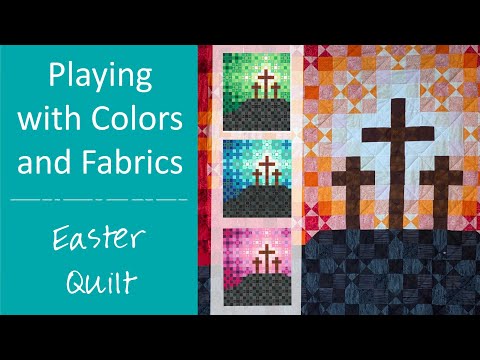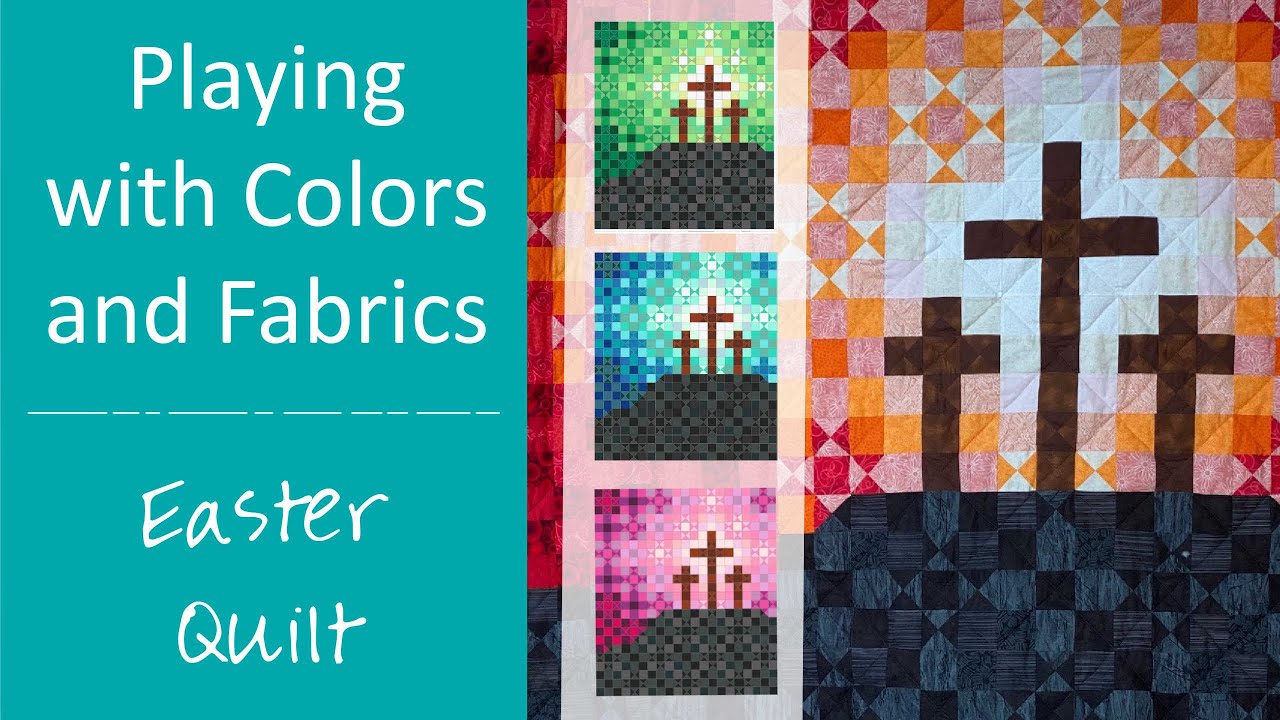Discover the profound beauty and spiritual essence of religious fabrics that transcend time and culture. Immerse yourself in a world where threads intertwine to weave stories of devotion, faith, and tradition. Religious fabrics are more than just textiles; they are vessels of symbolism and sacredness, carrying the essence of beliefs and rituals passed down through generations. Each fabric tells a unique tale, portraying the rich history and cultural heritage of a particular religious practice. Whether it’s the intricate patterns of a sacred tapestry, the delicate embroidery of a sacramental garment, or the vibrant hues of a divine textile, these fabrics speak to the heart and evoke a sense of reverence. Delve into the world of religious fabrics as their textures and patterns invite you to explore the depths of spirituality. Allow your senses to be captivated by the ethereal beauty and profound meaning that lies within these sacred threads. Experience the connection between artistry and devotion as you discover the intricate details and meaningful symbols woven into each fabric. Open your mind to the stories and teachings that these spiritual textiles carry, and let them inspire a deeper understanding of the diverse religious traditions that shape our world.

The Significance of Religious Fabrics in Worship
Religious fabrics have played an integral role in worship practices across various faiths for centuries. These textiles hold deep symbolism and cultural significance, often reflecting the beliefs and values of the religious community. From the intricate designs to the choice of materials, every aspect of religious fabrics is carefully considered to create a sacred experience. In this article, we will explore the importance of religious fabrics in worship, examining their role in enhancing spiritual connections and fostering a sense of reverence.
1. Symbolism and Rituals
Religious fabrics are often adorned with symbolic motifs and patterns that hold great meaning within the faith community. These symbols can represent key elements of religious teachings, such as divine beings, spiritual concepts, or significant events. For example, in Christianity, the use of crosses and angels on fabrics symbolizes the presence of Jesus Christ and heavenly beings during worship. Such symbols not only serve as visual reminders of the faith but also aid in creating a sacred atmosphere.
Moreover, religious fabrics are frequently used in various rituals and ceremonies. In Hinduism, priests drape silk fabrics, known as pattu veshtis, around the idols of deities during puja (worship) rituals. These fabrics are believed to enhance the divine connection between the worshipper and the deity, as well as protect the idol from negative energies. The act of adorning the deity with these fabrics is considered an act of devotion and respect.
2. Enhancing Spiritual Connections
Religious fabrics play a crucial role in enhancing spiritual connections during worship. The tactile experience of touching and feeling the fabric can create a sensory connection, allowing worshippers to engage more deeply with their faith. The softness of silk, for example, evokes a feeling of comfort and serenity, aiding in meditation and prayer.
In Islam, the use of prayer mats made from soft fabric, such as velvet or wool, helps worshippers create a physical and mental space for prayer. These mats not only provide a clean and designated area for prayer but also serve as a reminder of the sacredness of the act. The texture of the fabric, combined with the repetitive motions of prayer, allows Muslims to enter a state of tranquility and focus.
3. Conveying Tradition and Identity
Religious fabrics are a powerful means of conveying tradition and identity within a religious community. They often reflect the unique cultural heritage and practices associated with a particular faith. For example, in Judaism, the tallit, a prayer shawl made from wool or silk, is worn during prayer services. The tallit not only serves as a symbol of the covenant between God and the Jewish people but also signifies personal and communal identity.
Similarly, in Sikhism, the turban, made from various fabrics, including cotton and silk, is an essential part of a Sikh’s identity. The turban represents dignity, self-respect, and commitment to the Sikh faith. The choice of fabric, color, and style of the turban can also denote the wearer’s social status and position within the community.
4. Fostering a Sense of Reverence
Religious fabrics contribute to fostering a sense of reverence in sacred spaces and places of worship. The use of rich fabrics, such as brocade or damask, with intricate designs and vibrant colors, creates an environment that inspires awe and devotion. The visual impact of these fabrics can evoke a sense of holiness and reverence among worshippers.
In Buddhism, elaborate fabric hangings, known as thangkas, are displayed in monasteries and temples. These hand-painted or embroidered fabrics depict significant deities, scenes from the life of Buddha, or sacred symbols. The intricate details and vivid colors of thangkas not only beautify the space but also serve as visual aids for meditation and contemplation.
5. Preservation of Heritage
Religious fabrics play a vital role in preserving cultural and religious heritage, ensuring that traditional craftsmanship and techniques are passed down through generations. The creation of religious fabrics often involves highly skilled artisans who employ age-old methods of weaving, dyeing, and embroidery.
In Hinduism, the production of silk fabrics, such as the famous Kanchipuram sarees, has been a traditional craft for centuries. These sarees, woven with intricate designs and patterns, are considered auspicious and are often worn during religious ceremonies. The craft of creating Kanchipuram sarees has not only preserved the heritage of the region but also provided livelihoods to numerous artisans.
In conclusion, religious fabrics hold immense significance in worship practices across various faiths. These textiles not only embody deep symbolism and cultural traditions but also enhance spiritual connections and foster a sense of reverence. As we continue to appreciate the beauty and significance of religious fabrics, it is important to recognize and support the artisans and communities who preserve these invaluable traditions.
“Fabric & Color Play: A Creative Twist to Easter Quilting”
Video Source : Faith and Fabric
List of Religious Fabrics:
Religious Fabrics
| Fabric | Symbolism | Usage | Significance |
|---|---|---|---|
| Silk | Silk has long been associated with luxury, purity, and divinity. | Commonly used in religious ceremonies, vestments, and sacred textiles. | Symbolizes spiritual awakening and the radiant presence of the divine. |
| Linen | Linen represents purity, coolness, and cleanliness. | Traditionally used for altar cloths, priestly vestments, and sacred linens. | Emphasizes the sacredness of the space and the holiness of the rituals performed. |
| Brocade | Brocade fabrics are known for their intricate patterns and rich colors. | Often used in religious tapestries, banners, and ceremonial garments. | Symbolizes opulence, grandeur, and the magnificence of the divine. |
| Wool | Wool is associated with warmth, protection, and durability. | Used in prayer shawls, religious garments, and carpets for sacred spaces. | Represents the comforting embrace of spirituality and the enduring nature of faith. |
| Velvet | Velvet is renowned for its softness, depth, and regal appearance. | Frequently incorporated into religious vestments, altar coverings, and ceremonial drapery. | Evokes a sense of royalty, majesty, and the divine authority of religious figures. |
In the realm of religious fabrics, each material carries profound symbolism, serving as a conduit for spiritual expression and devotion. Silk, with its luxurious texture and ethereal sheen, holds deep associations with purity and divinity. This fabric finds its purpose in various religious ceremonies, vestments, and sacred textiles, embodying the essence of spiritual awakening and the radiant presence of the divine.
Linen, on the other hand, is revered for its purity, coolness, and cleanliness. Its utilization in altar cloths, priestly vestments, and sacred linens underscores the sacredness of the space and the holiness of the rituals performed within. Linen serves as a visual reminder of the sanctity that surrounds religious practices.
Brocade, characterized by its intricate patterns and rich colors, exudes opulence and grandeur. This fabric is often employed in religious tapestries, banners, and ceremonial garments, symbolizing the magnificence and greatness of the divine. Its presence adds a touch of regality to sacred spaces, elevating the ambiance of worship and reverence.
Wool, renowned for its warmth, protection, and durability, holds a special place in religious fabrics. Frequently found in prayer shawls, religious garments, and carpets for sacred spaces, wool signifies the comforting embrace of spirituality and the enduring nature of faith. It offers solace and respite, reminding believers of the steadfastness and unwavering support that their faith provides.
Lastly, velvet, with its softness, depth, and regal appearance, is a fabric that commands attention. Frequently incorporated into religious vestments, altar coverings, and ceremonial drapery, velvet evokes a sense of royalty, majesty, and the divine authority of religious figures. Its sumptuous texture and lustrous sheen amplify the spiritual significance of the rituals performed amidst its embrace.
In conclusion, religious fabrics play a crucial role in religious practices, with each material carrying its own symbolism and significance. From silk’s purity and linen’s cleanliness to brocade’s opulence, wool’s comfort, and velvet’s regality, these fabrics enhance the visual and sensory experience of spirituality, elevating the connection between believers and the divine.

